Indian paramilitary forces are crucial in maintaining internal security, combating insurgency, and supporting the military during conflicts. These forces include the Central Reserve Police Force (CRPF), Border Security Force (BSF), Indo-Tibetan Border Police (ITBP), Sashastra Seema Bal (SSB), and the Central Industrial Security Force (CISF). To ensure their personnel are well-prepared for these diverse and demanding roles, each force has established comprehensive training regiments focusing on imparting specialized skills, physical fitness, and tactical knowledge to handle various operational scenarios effectively.
Overview of Indian Paramilitary Forces Training
In this article, we will explore the comprehensive training regiments of Indian paramilitary forces, highlighting the specific programs and unique aspects of each force’s preparation regimen. Each section will provide insights into the specialized skills, physical conditioning, and tactical knowledge imparted to personnel, ensuring they are well-equipped to handle the diverse challenges of their roles in maintaining national security.
Central Reserve Police Force (CRPF)
The CRPF is the largest Indian paramilitary force, primarily responsible for internal security and counter-insurgency operations. The training regimen for CRPF personnel is rigorous and multifaceted.
Basic Training
CRPF recruits undergo a 44-week basic training program conducted at various CRPF training centers, such as the CRPF Academy in Kadarpur, Haryana. This program covers:
- Physical Fitness: Intense physical conditioning to ensure recruits meet the physical demands of their duties.
- Weapons Handling: Training in the use of various firearms and other weapons.
- Drill: Instruction in ceremonial and operational drills.
- Map Reading and Navigation: Skills essential for operations in diverse terrains.
- Basic Tactics: Fundamental tactical training for various operational scenarios.
Specialized Training
After basic training, CRPF personnel may receive specialized training tailored to specific roles such as:
- Bomb Disposal: Techniques and procedures for handling and neutralizing explosive devices.
- Anti-Riot Operations: Strategies and tactics for controlling large crowds and managing civil unrest.
- Jungle Warfare: Training in survival and combat tactics in jungle environments, often conducted at the Jungle Warfare School in Vairengte, Mizoram.
- Counter-Insurgency: Advanced training provided at institutions like the Counter Insurgency and Anti-Terrorism (CIAT) Schools, focusing on combating insurgency and terrorism.
Leadership Training
Officers receive advanced training at the CRPF Academy, focusing on:
- Leadership Skills: Developing effective leadership qualities.
- Strategic Planning: Training in planning and executing strategic operations.
- Crisis Management: Techniques for managing crises and high-stress situations.
Border Security Force (BSF)
The BSF guards India’s borders with Pakistan and Bangladesh. Training for BSF personnel is designed to prepare them for the challenging conditions they will face in these border areas.
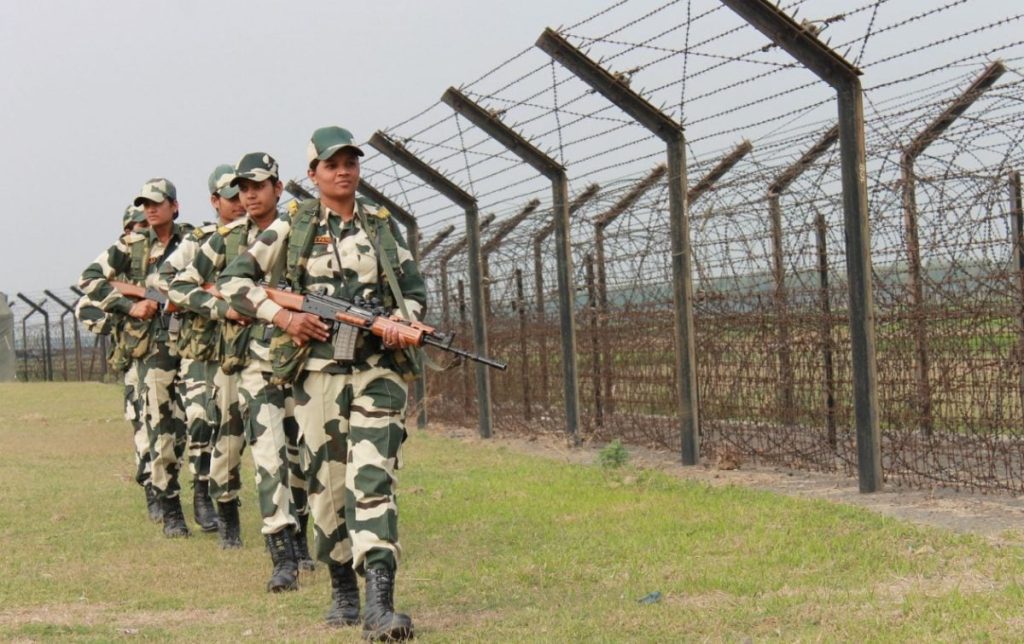
Recruit Training
BSF recruits undergo a 44-week training program at various BSF training centers, including the BSF Academy in Tekanpur, Madhya Pradesh. The program includes:
- Physical Conditioning: Rigorous physical training to ensure fitness for border duties.
- Weapons Training: Instruction in the use of firearms and other weapons.
- Border Management: Training in managing border security and surveillance operations.
- Intelligence Gathering: Techniques for collecting and analyzing intelligence information.
Specialized Courses
BSF personnel can undertake specialized training courses, including:
- Watermanship: Training in water-based operations at the BSF Water Wing School in Jodhpur.
- Camel Riding: Training in camel riding and operations in desert areas at the BSF Camel Training Centre in Bikaner.
- Anti-Infiltration Techniques: Advanced training in detecting and preventing infiltration along the borders.
Advanced Training
For roles in the BSF Air Wing, Marine Wing, and the newly formed BSF Artillery Regiment, personnel receive advanced training in their respective fields, ensuring readiness for specialized operations.
Indo-Tibetan Border Police (ITBP)
The ITBP is tasked with guarding the India-China border and operates in high-altitude regions. Training for ITBP personnel emphasizes acclimatization and survival in extreme conditions.
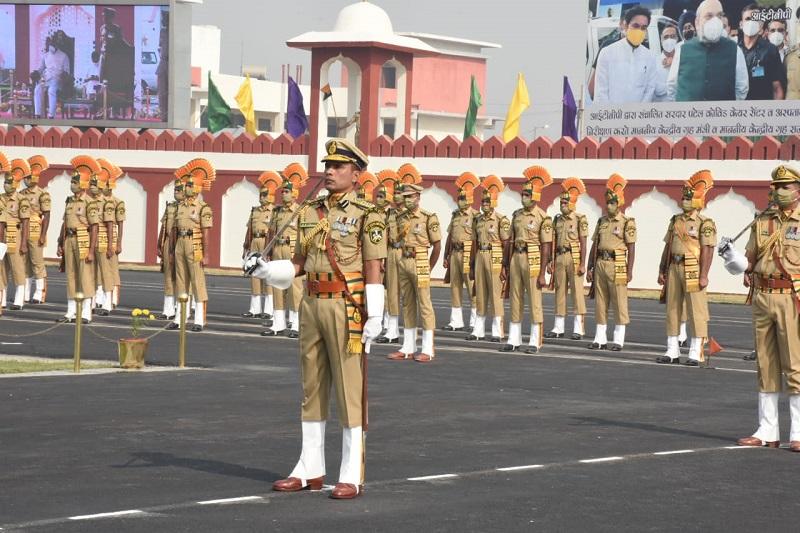
Basic Training
Conducted at the ITBP Academy in Mussoorie, Uttarakhand, and other training centers, the basic training program includes:
- High-Altitude Acclimatization: Training to adapt to high-altitude environments.
- Mountaineering: Skills in climbing and survival in mountainous terrains.
- Survival Skills: Techniques for surviving in harsh and remote environments.
Specialized Training
ITBP personnel undergo specialized training in areas such as:
- Rock Climbing: Advanced rock climbing techniques.
- Skiing: Training in skiing for operations in snow-covered areas.
- Commando Operations: Intensive commando training for high-risk operations, provided at the ITBP Mountaineering and Skiing Institute in Auli, Uttarakhand.
Disaster Response Training
Given ITBP’s role in disaster relief, personnel are trained in:
- Rescue Operations: Techniques for rescuing individuals during disasters.
- First Aid: Basic and advanced first aid training.
- Disaster Management: Comprehensive training in managing various types of disasters.
Sashastra Seema Bal (SSB)
The SSB guards India’s borders with Nepal and Bhutan. Its training regimen focuses on border security and community engagement.
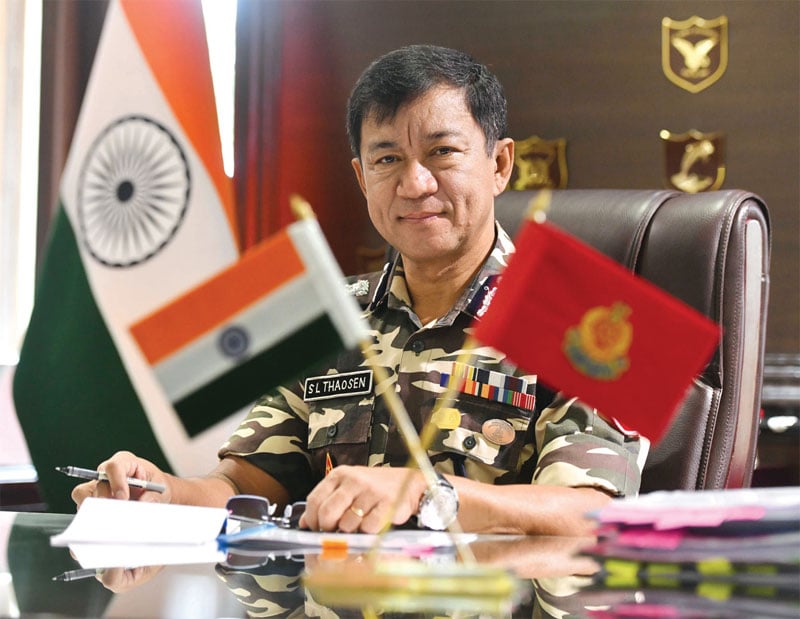
Basic Training
Conducted at the SSB Academy in Srinagar, Uttarakhand, and other regional training centers, the basic training program includes:
- Physical Training: Rigorous physical conditioning.
- Weapons Handling: Training in the use of firearms and other weapons.
- Border Patrolling: Techniques for effective border surveillance and patrolling.
- Intelligence Operations: Skills in gathering and analyzing intelligence information.
Specialized Training
SSB personnel receive specialized training in areas such as:
- Counter-Insurgency: Advanced training in counter-insurgency operations.
- VIP Protection: Techniques for protecting high-profile individuals.
- Disaster Response: Training in managing and responding to disasters.
Community Engagement
Unique to the SSB, training also includes:
- Building Rapport with Border Communities: Skills for engaging with and building trust among border communities.
- Intelligence Gathering through Community Interaction: Techniques for gathering intelligence information from community interactions.
- Civic Action Programs: Training in conducting civic action programs to assist and support local communities.
Central Industrial Security Force (CISF)
The CISF provides security to critical infrastructure, including airports, seaports, and industrial units. Training for CISF personnel is focused on security management and specialized roles.
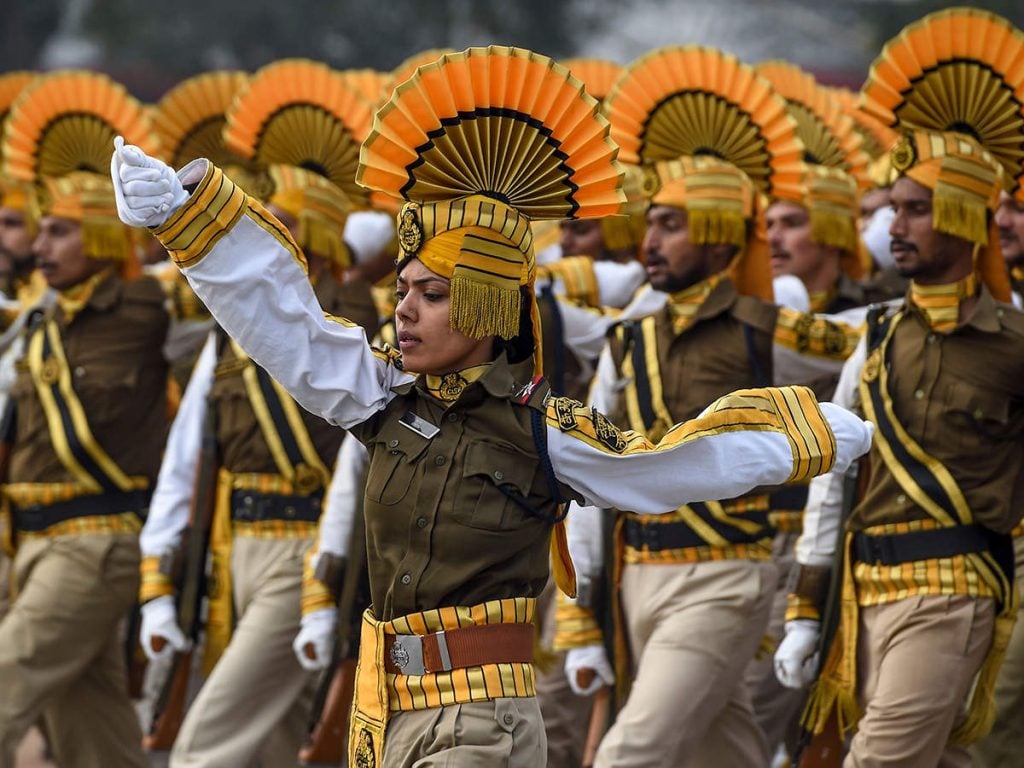
Basic Training
Conducted at the CISF Academy in Hyderabad and other regional training centers, the basic training program covers:
- Physical Training: Rigorous physical conditioning.
- Security Management: Training in managing security operations for critical infrastructure.
- Fire Fighting: Techniques for fighting fires and managing fire emergencies.
- Emergency Response: Skills for responding to various emergency situations.
Specialized Training
For roles such as airport security, industrial safety, and disaster management, CISF personnel receive advanced training at institutions like the National Industrial Security Academy (NISA) in Hyderabad.
VIP Protection
CISF personnel assigned to VIP security receive specialized training in:
- Close Protection: Techniques for providing close protection to VIPs.
- Threat Assessment: Skills in assessing and mitigating potential threats.
- Tactical Response: Training in tactical response to security incidents.
Common Elements Across Indian Paramilitary Forces Training
While each force has its unique focus areas, several common elements are emphasized across all Indian paramilitary Forces training regiments:
Physical Fitness
Rigorous physical training to ensure personnel are fit for the demands of their roles.
Weapons Training
Proficiency in handling a variety of firearms and other weapons.
Tactical Skills
Training in various tactical operations, including counter-insurgency, urban warfare, and riot control.
Mental Resilience
Building psychological strength to handle high-stress and challenging environments.
Leadership and Teamwork
Developing leadership qualities and the ability to work effectively in teams.
Conclusion
The training regiments of Indian paramilitary forces are designed to prepare personnel for the diverse and demanding roles they must perform. Through rigorous physical training, specialized courses, and advanced tactical instruction, these regiments ensure that India’s paramilitary forces remain a robust and capable component of the nation’s security apparatus. Each Indian Paramilitary forces, with its unique focus and specialized training programs, contributes significantly to maintaining national security and stability, demonstrating the importance of comprehensive training in equipping personnel to meet the varied challenges they face.
FAQs
1. What role do specialized institutions play in paramilitary training?
Specialized institutions play a critical role in providing advanced and specialized training tailored to the specific operational requirements of each Indian paramilitary force.
2. How long is the basic training program for most Indian paramilitary forces?
The basic training program for most Indian paramilitary forces, such as the CRPF and BSF, typically lasts 44 weeks.
3. What leadership and teamwork skills are developed in Indian paramilitary forces training?
Leadership and teamwork skills are developed through courses that focus on effective leadership, strategic planning, crisis management, and the ability to work cohesively in teams.
4. How is mental resilience built in Indian paramilitary Forces training?
Mental resilience is built through training programs designed to strengthen psychological endurance, preparing personnel to handle high-stress and challenging environments.
5. What tactical skills are taught in Indian paramilitary forces training?
Tactical skills training includes counter-insurgency operations, urban warfare, and riot control. These skills are essential for handling diverse operational challenges.
6. How is physical fitness incorporated into Indian paramilitary Forces training?
Physical fitness is incorporated through rigorous physical conditioning exercises designed to ensure personnel can meet the physical demands of their roles.
7. Why is weapons training important for Indian paramilitary forces?
Weapons training is crucial for proficiency in handling a variety of firearms and other weapons, ensuring personnel are prepared for combat and operational scenarios.
8. How do Indian paramilitary forces handle training for female recruits?
Female recruits undergo the same rigorous training as their male counterparts, with additional focus on gender-specific issues, self-defense, and creating an inclusive training environment.


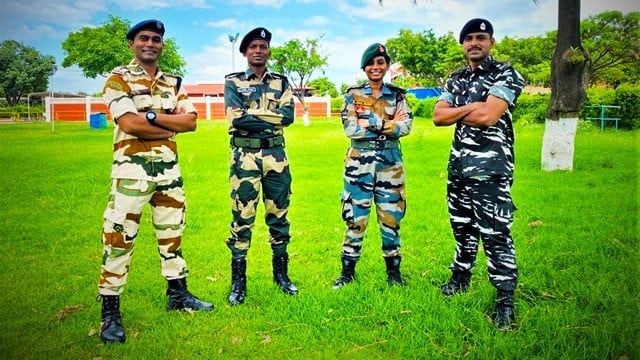
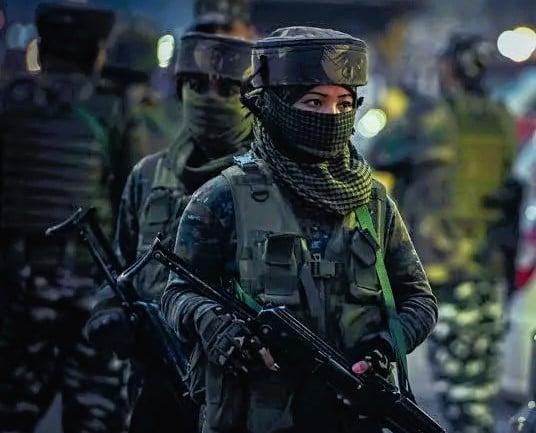
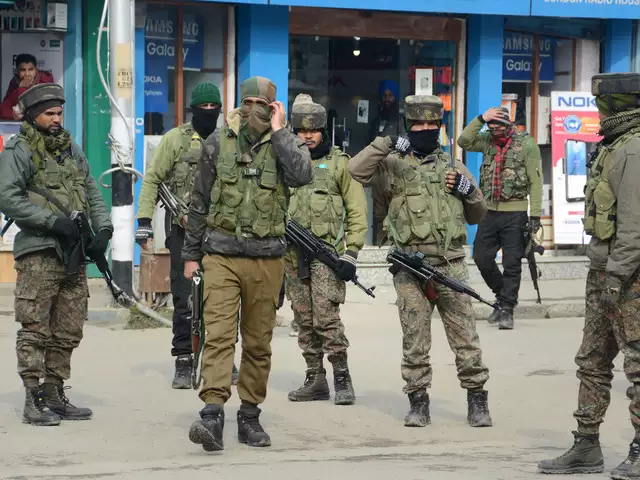

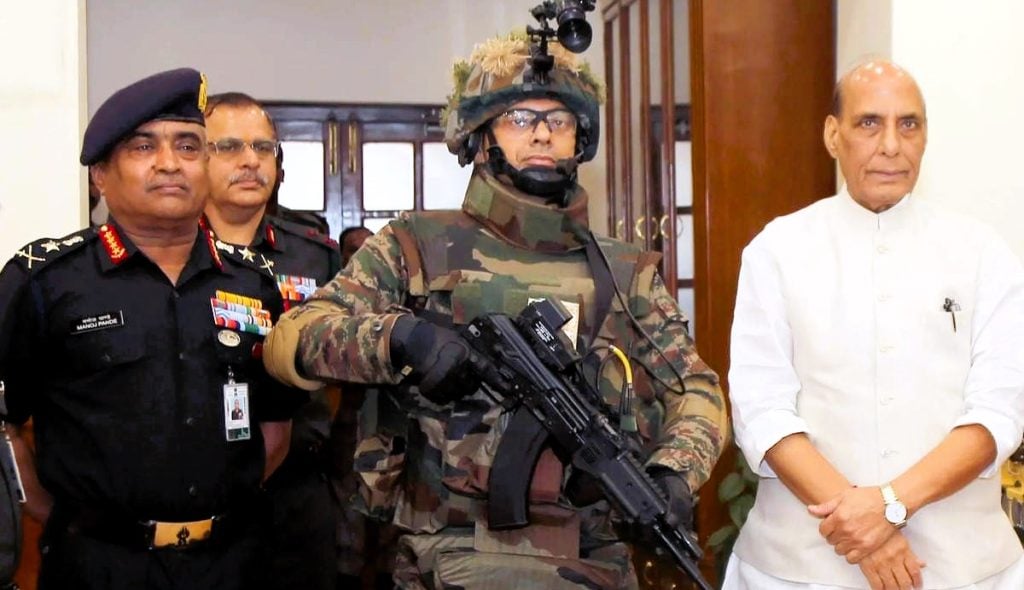

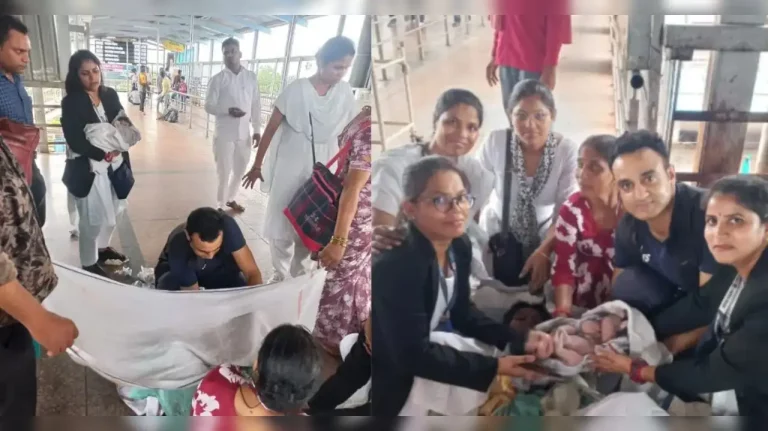
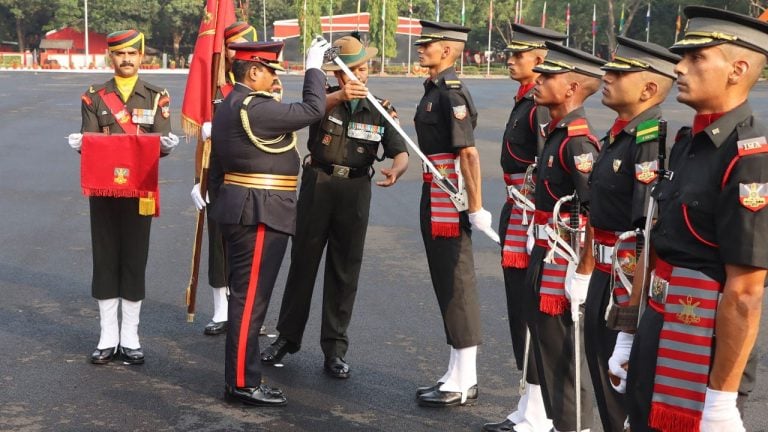
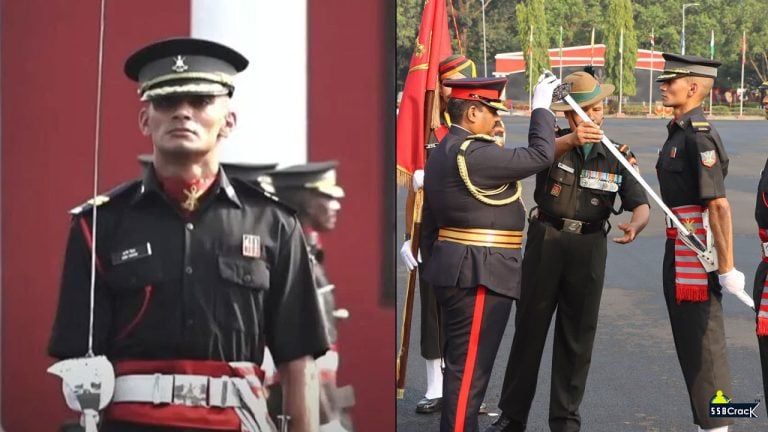
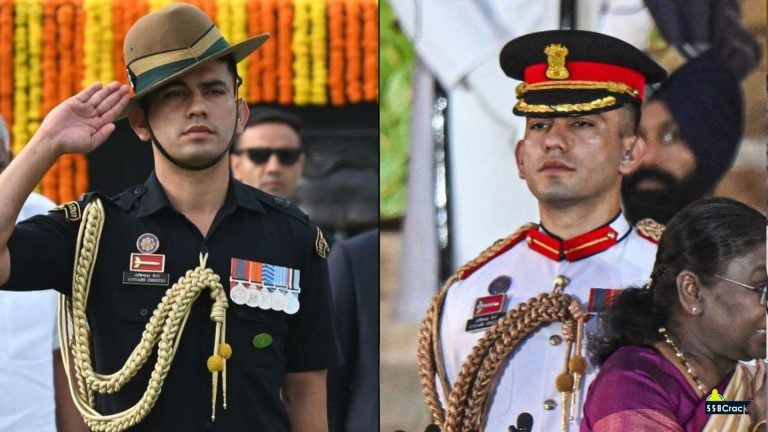
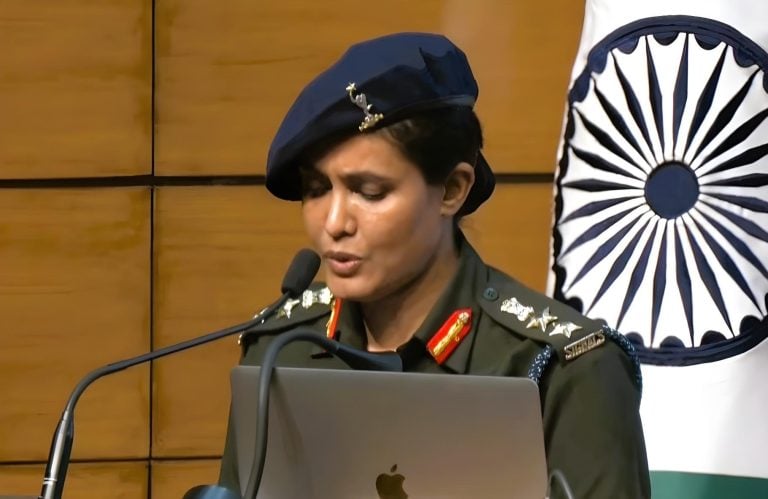
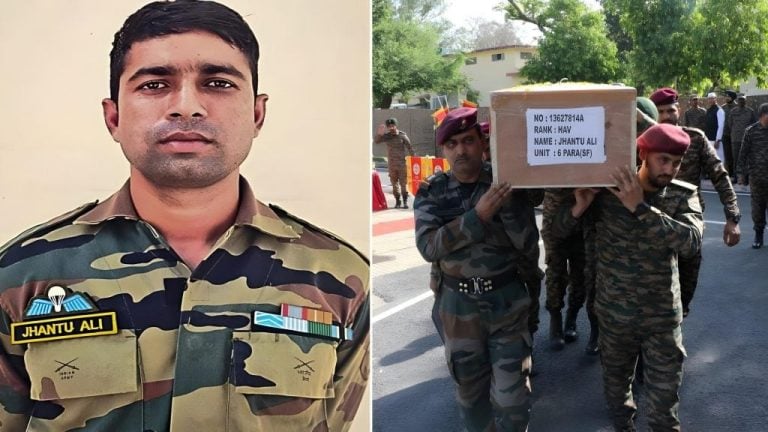

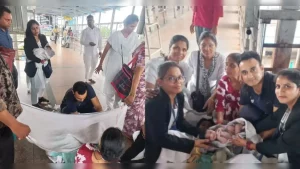
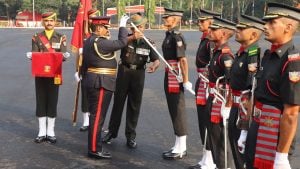
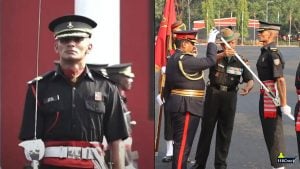
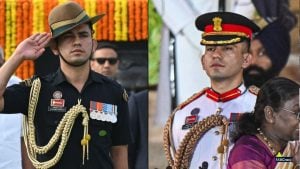


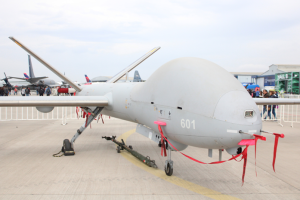
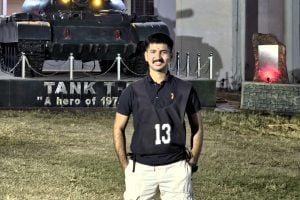
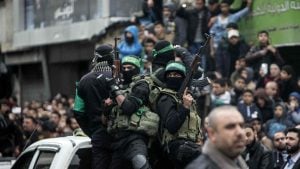

2 thoughts on “Training Regiments of Indian Paramilitary Forces”
Please don’t say paramilitary. Those all are become CAPF under the UPA government. I think When P.Chitambaram was the home minister of India.
there are quite a few issues with this article, a few quick ones are as follows:
1) by definition, none of these are paramilitary forces, they are actually categorised as CAPFs (Central Armed Police Forces)
2) these forces don’t have a regimental system
3) all the pictures used in this article are of the Indian Army